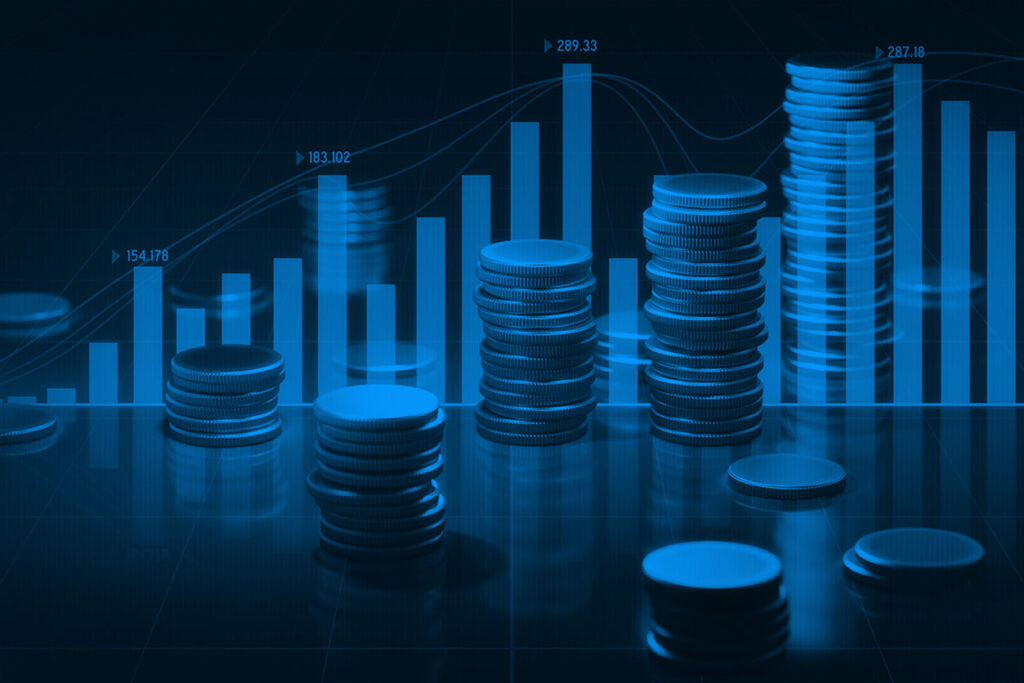All you need to know about CFD accounts

If you’re new to trading, you may have often come across the terms “CFD” or “CFD account” and wondered what exactly they mean.
At the end of the contract, the parties exchange the difference between the opening and closing price of an agreed financial instrument.
CFDs are popular with investors because they allow them to trade with flexibility on a whole range of global financial markets, including FX, Commodities, Indices and Shares.
What is a CFD account?
A CFD account is a trading account with a trading platform that enables you to trade CFDs on global markets.
A CFD account is a flexible way to trade a broad array of asset classes online and offers a number of key advantages for investors. CFD accounts:
- Allow you to manage risk intelligently
With a CFD account, you can trade with risk management tools like Stop-Loss Orders - Offer tight spreads on global markets
Eightcap offers two account types: Standard and Raw - Allow you to go long or short on global markets
With a CFD account, you can choose to go long or short on global markets, including FX, Commodities, Indices and Shares - Allow you to trade on leverage
With a CFD account, you can open a large market position with a relatively small initial investment
How to trade CFDs
When you trade CFDs, you will be trading on movements in the underlying value of live financial markets.
This means you can choose to take a position on any financial instrument that the firm offers. If you think the price of the instrument is going to go up, you can open a long (buy) position for that particular market. Similarly, if you think the price will go down, you can open a short (sell) position.
When you look up any market within your trading platform, you’ll see two prices: the ‘Buy’ price and ‘Sell’ price. If you want to open a long position with the belief the market will rise, you select the Buy price. If you are of the view that the market will fall in value, you open a short position and select the Sell price.
Example:
If you placed a ‘buy’ trade of 5 CFDs in Tesla Shares with the price at 600, and it rose by 30 points to 630, your potential profit would be $30 x 5 or $150.
Remember, this works both ways. So, if the market falls by 30 points, you would lose the same amount.

You’ll notice that there is a difference between the Buy (Bid) and Sell (Ask) prices on display. This difference is called the ‘spread’ and represents the cost of opening your position.
What markets can I trade with a CFD account?
With a CFD account, you can trade on a huge number of global markets, including:
- Forex: GBP/USD, EUR/USD, USD/JPY, USD/CHF, AUD/USD, USD/CAD
- Commodities: Gold, Silver, Oil, Brent Crude Oil
- Indices: the UK 100, FRA 40, GER 30, SPX 500, NDX 100, HK 50, JPN 225
- Shares: Tesla, Apple, Google, Facebook, Amazon, Netflix, Microsoft
This is a small selection of some of our more popular markets that you can trade with a CFD account. For a full list of markets available to trade at Eightcap, and their conditions, visit our Spreads page.
Trading with a CFD account
Learn more about how to trade with a CFD account in our Trading Education Hub where we’ll cover risk management, how to read trading charts, key trading strategies, trading patterns and more. Subscribe to Eightcap’s Week Ahead Newsletter and follow our Market Updates.
Remember, like with any other trading or investment option, CFD trading carries risk as well as the potential for reward, so having a smart trading plan in place, a deep understanding of the markets and a varied portfolio is crucial to success.

